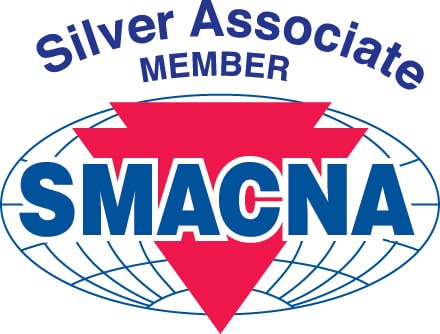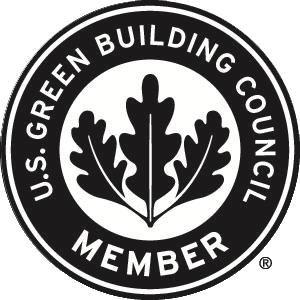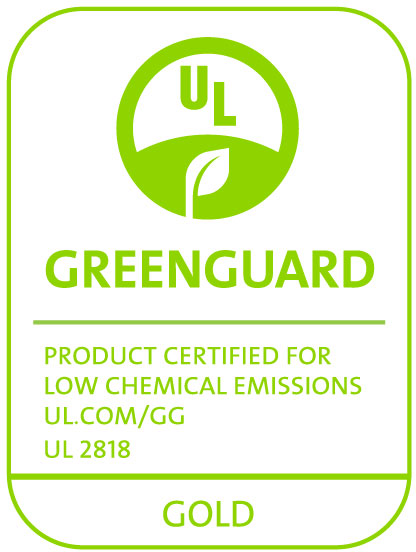A common failure point of mechanical insulation on cold (below-ambient) piping systems is at the hanger locations due to compression of insulation subjected to inadequate support or no insulation at…
Learn MoreNesting (Layering) Chart for AEROFLEX® Pipe Insulation
December 1, 2020
Certain HVAC, refrigeration and plumbing pipe insulation applications require more than a single layer of Aeroflex® EPDM flexible elastomeric insulation to control condensation in demanding conditions such as a cold…
Learn MoreKey Considerations for Refrigerant Piping Insulation
November 30, 2020
Refrigerant piping insulation is crucial for refrigeration systems. Refrigeration systems, also known as below-ambient systems, vary by application (commercial and industrial), temperature requirements (high & low), refrigerant types (traditional and…
Learn MoreA Proven Solution for Hydronic Pump Insulation
November 23, 2020
Looking for a solution for hydronic pump insulation? Let's start with hydronic pumps. Hydronic heating and cooling systems circulate water through a building’s piping systems to deliver heating and cooling…
Learn MoreGuide to Mold Resistant Insulation
November 18, 2020
Mold resistant insulation is an important consideration to prevent the dangers of mold. Molds belong to the fungi kingdom, and unlike plants, they lack chlorophyll and must survive by digesting…
Learn MoreWhy Use Plumbing Insulation?
November 10, 2020
Wondering why to use plumbing insulation? Plumbing piping systems, commonly known as domestic hot and cold water service systems, convey water to fixtures and equipment for various purposes in residential,…
Learn MoreDifferences Between NFPA 90A and 90B
November 3, 2020
Two applicable fire safety standards for HVAC systems in the built environment are NFPA 90A and NFPA 90B. The National Fire Protection Association (NFPA) is a global organization established in…
Learn MoreMechanical insulation on cold (below-ambient) mechanical systems such as chilled water, brine and refrigerant piping/equipment is an important component to ensure that a project team’s basis of design (BOD) and…
Learn MoreWhat is HVAC Pipe Insulation?
October 28, 2020
What is HVAC pipe insulation? The U.S. Energy Information Administration (EIA) estimates that residential and commercial buildings in the United States account for 39% of total energy consumption (2019). Heating,…
Learn MoreDemystifying ASTM E84 25/50, UL 723 and NFPA 255
October 20, 2020
Currently, confusion exists in the U.S. mechanical insulation industry (closed cell elastomeric foam pipe, duct, and equipment insulation to be specific) about the differences between well-known fire behavior safety standards…
Learn More










